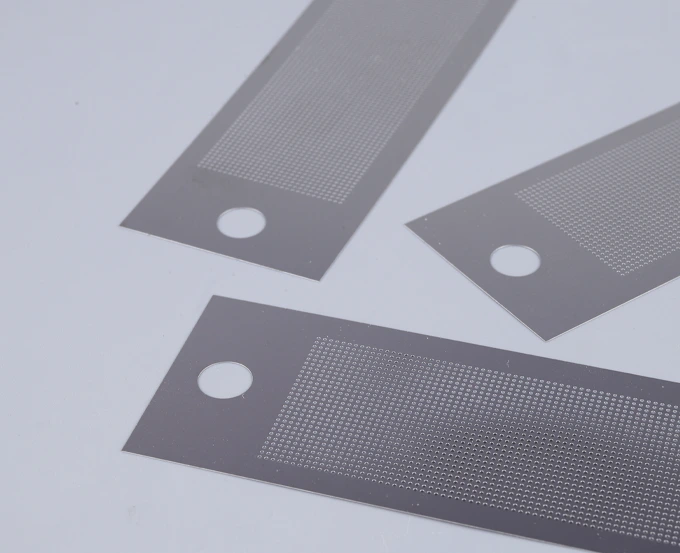A filter mesh is a very common filtering tool, mainly used for separation or purification. Do you know about filter meshes? This article will take you into the world of filter meshes, understanding what they are, their materials, applications in different fields, and what mesh size means.
What is a filter mesh?
A filter mesh, also known as a sieve mesh, is a mesh material with different mesh sizes used to physically separate and remove solid particles or impurities suspended in liquids or gases. Filter meshes can be divided into textile fiber filter meshes and metal filter meshes. Machines equipped with filter meshes are called filters, used for filtering liquids, solids, gases, etc.
Types of Filter Mesh Material
Textile Fiber Filter Mesh
Textile fiber filter mesh is typically made of natural fibers, synthetic fibers, or a combination of both materials.
Common fiber materials include:
Natural fibers: cotton, silk, wool, etc.
Synthetic fibers: PET, nylon, polypropylene (PP), polyurethane (PU), etc.
Types of textile fiber filter mesh:
non-woven filter mesh, woven filter mesh, needle-punched filter mesh
Advantages of textile fiber filter mesh
Efficient filtration: capable of effectively removing particles or impurities of various sizes
Good flexibility: easy to process and install, suitable for various complex shapes and structures of filtration equipment
Chemical corrosion resistance: especially suitable for use in acidic and alkaline environments due to the characteristics of synthetic fiber materials
Lightweight: easy to transport and handle
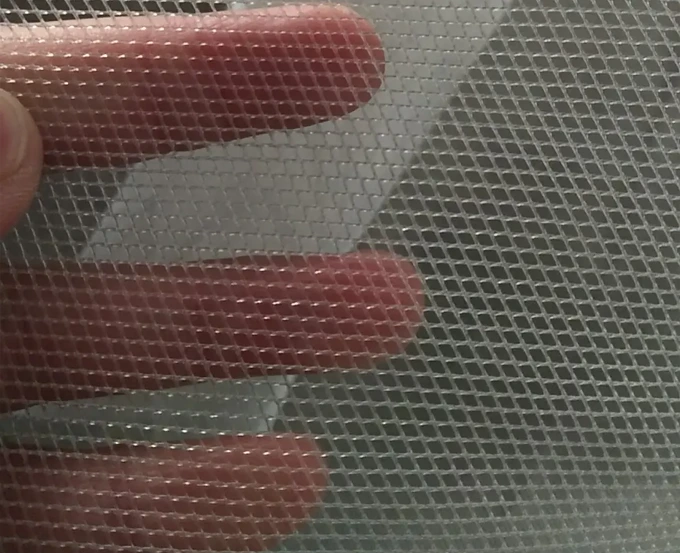
Metal Filter Mesh
Metal filter mesh is a mesh-like filtering material made of metal wire or metal sheet.
Common materials for metal filter mesh include:
Stainless steel: due to its corrosion resistance and mechanical strength, it is one of the most commonly used materials, with common grades such as 304/316/316L
Nickel: with good acid and alkali resistance and high temperature oxidation resistance
Copper: with good conductivity and thermal conductivity, usually used for more specific filtering requirements
Aluminum: lightweight with good corrosion resistance, commonly used in lightweight filtration equipment
Titanium: with extremely strong corrosion resistance, commonly used in harsh chemical and marine environments
Types of metal filter mesh
1. Woven mesh: plain weave, twill weave
3. Sintered mesh (referring to a porous filtering material made by high-temperature sintering of metal powder)
4. Welded mesh
Advantages of metal filter mesh
Strong durability: with high strength and long lifespan, capable of withstanding high temperature and pressure environments
Easy to clean: easy to clean and maintain, can be reused
Chemical stability: excellent corrosion resistance, suitable for various chemical environments
Precise filtration: can precisely control the aperture according to requirements to achieve efficient filtration.
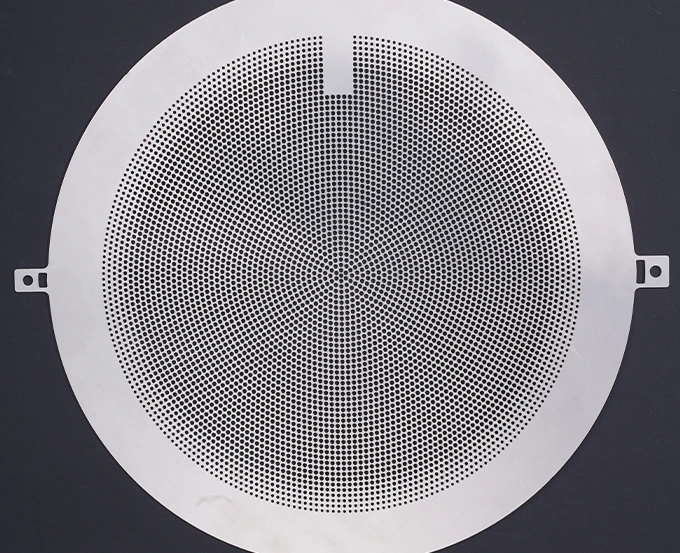
Applications of Filter Mesh in Different Fields
Industrial Filtration: Petroleum, Chemicals, Pharmaceuticals, Food and Beverage, Mining, etc.
Petroleum and Chemicals: Used to filter impurities in liquids and gases, protecting pipelines and equipment, commonly using metal mesh and fiber mesh.
Pharmaceuticals and Food and Beverage: Used to purify liquids and gases, ensuring the purity and safety of drugs or beverages, commonly using stainless steel mesh and fiber mesh.
Mining: Used for screening and grading ores or coal, commonly using high-strength metal woven mesh and perforated mesh.
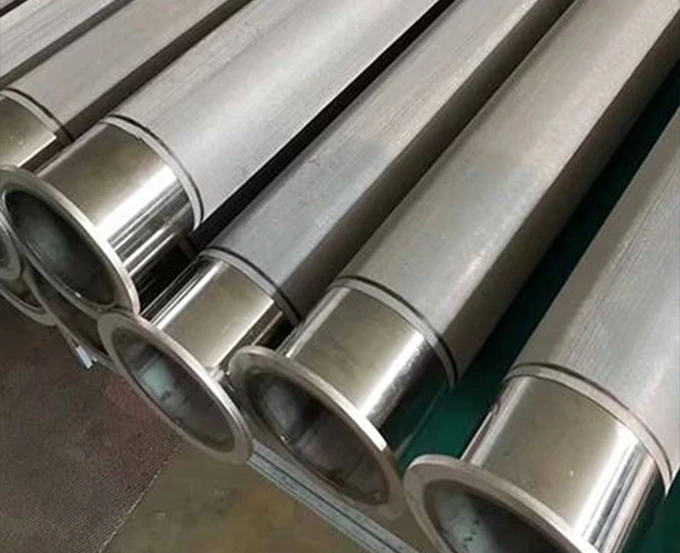
Water Treatment: Drinking water treatment, wastewater treatment, pool purification, industrial wastewater treatment, etc.
Drinking Water Treatment: Used to filter suspended solids, particles, and microorganisms in water, commonly using sand filters, activated carbon filters, and fiber mesh.
Wastewater Treatment: Used to filter solid impurities and suspended particles in wastewater, commonly using non-woven fabric mesh and metal mesh.
Pool Purification: Used to remove suspended solids and microorganisms, maintaining pool water cleanliness, commonly using textile fiber mesh and sand filters.
Air Filtration: Home air purification, industrial ventilation, car air conditioning, clean rooms, etc.
Home Air Purifiers: Used to remove dust, pollen, pet hair, and other particles from the air, commonly using HEPA filters and activated carbon filters.
Industrial Ventilation Systems: Used to filter dust and smoke in factory air, commonly using metal mesh and fiber mesh.
Car Air Conditioning Systems: Used to filter pollutants in indoor and outdoor air, commonly using fiber mesh.
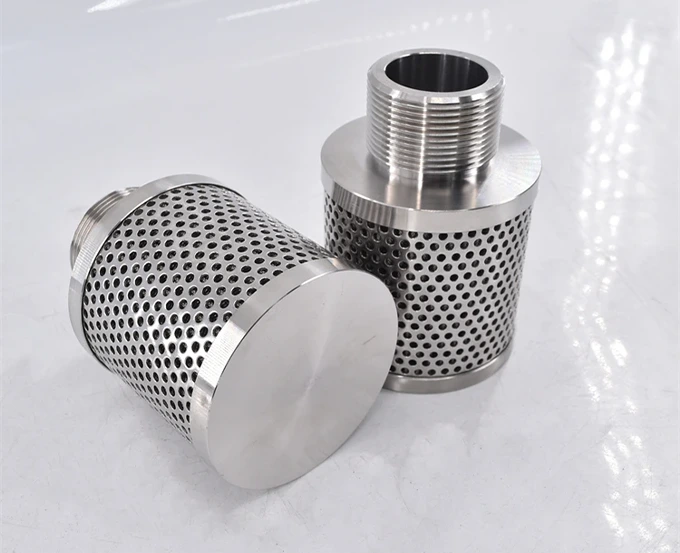
Agriculture and Horticulture: Irrigation systems, greenhouse pest control, agricultural wastewater treatment, etc.
Irrigation Systems: Used to filter particles and impurities in irrigation water, protecting nozzles and pipelines, commonly using plastic mesh and metal mesh.
Greenhouse Pest Control: Used to prevent pests from entering greenhouses, protecting crop health, commonly using fiber mesh and plastic mesh.
Electronics and Electrical: Electronic device cooling, dust prevention for precision instruments, etc.
Electronic Device Cooling: Used to filter dust in the air, protecting cooling fans and internal components, commonly using fiber mesh.
Dust Prevention for Precision Instruments: Used for cleaning and stabilizing internal instruments, commonly using high-efficiency fiber mesh.
Construction and Engineering: Building materials, protective nets, civil engineering, etc.
Building Materials: Used for screening sand, gravel, and other building materials, commonly using metal woven mesh and perforated mesh.
Protective Nets: Used for safety protection of mechanical equipment, commonly using metal mesh.
Civil Engineering: Used for filtering and reinforcing civil engineering, commonly using non-woven fabric mesh.
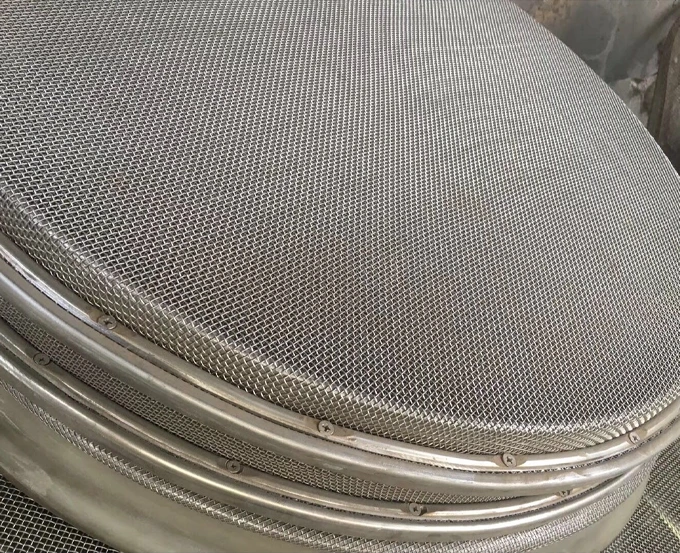
Medical and Health: Medical air filters, liquid filtration, operating room protection, etc.
Medical Air Filters: Used to filter pathogens and particles in the air, commonly using HEPA filters.
Liquid Filtration: Used for filtering liquid medicines, biological preparations, blood, etc., commonly using high-efficiency fiber mesh.
Operating Room Protection: Used to maintain a sterile environment in the operating room, commonly using high-level air filters.
Home and Daily Life: Kitchen range hoods, faucets, air conditioners, etc.
Kitchen Range Hoods: Used to remove cooking fumes generated during the cooking process, commonly using metal mesh.
Faucets: Used to filter particles in tap water, commonly using plastic mesh and fiber mesh.
Air Conditioner Filters: Used to filter dust, impurities, and insects in the air, commonly using fiber mesh and metal mesh.
The applications of filter mesh in different fields vary with different materials and structural changes, providing different functions. The above introduction covers filter mesh applications from eight aspects, but in reality, the applications of filter mesh are far more extensive than those mentioned above. When there is a need for filtration, we will also choose efficient and reliable filtration solutions based on specific requirements and environmental characteristics.
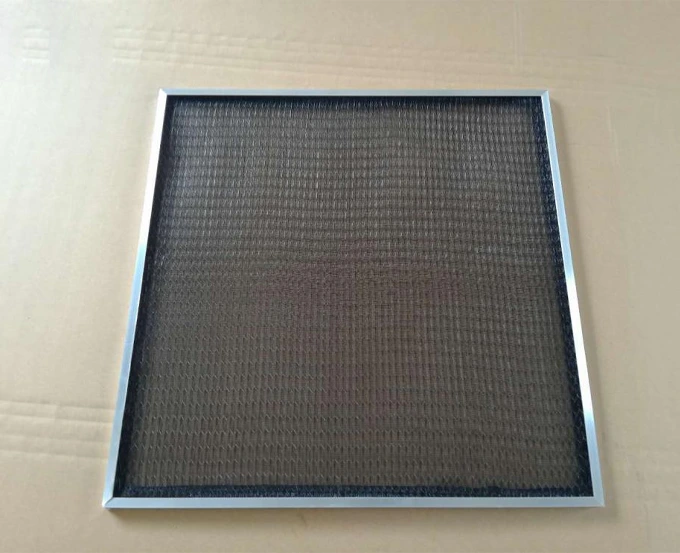
Mesh Count of Filter Screens
Mesh count refers to the number of mesh holes per square inch in a filter screen. For example, 100 mesh means there are 100 mesh holes per square inch. It’s an important measure of the size of the mesh holes. The higher the mesh count, the finer the mesh holes, resulting in higher filtration accuracy. Choosing the appropriate mesh count can effectively improve work efficiency and product quality.
Relationship between Mesh Count and Aperture
Usually, there’s an inverse relationship between mesh count and aperture. When the mesh count is higher, the aperture will be smaller. However, this isn’t absolute. Typically, before making a filter screen, designers will draw blueprints according to actual needs, providing corresponding aperture sizes for different mesh counts. The approximate relationship between common mesh counts and apertures is as follows (unit: μm):
– 10 mesh: about 2000μm
– 20 mesh: about 840μm
– 40 mesh: about 400μm
– 60 mesh: about 250μm
– 100 mesh: about 150μm
– 200 mesh: about 75μm
– 400 mesh: about 37μm
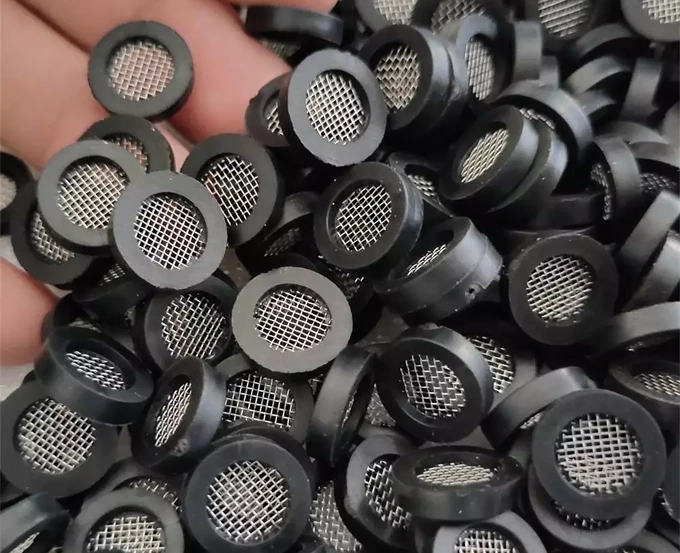
Related reading:
Stainless steel filter mesh: manufacturing process and types
How to choose the right Air Filter Mesh

